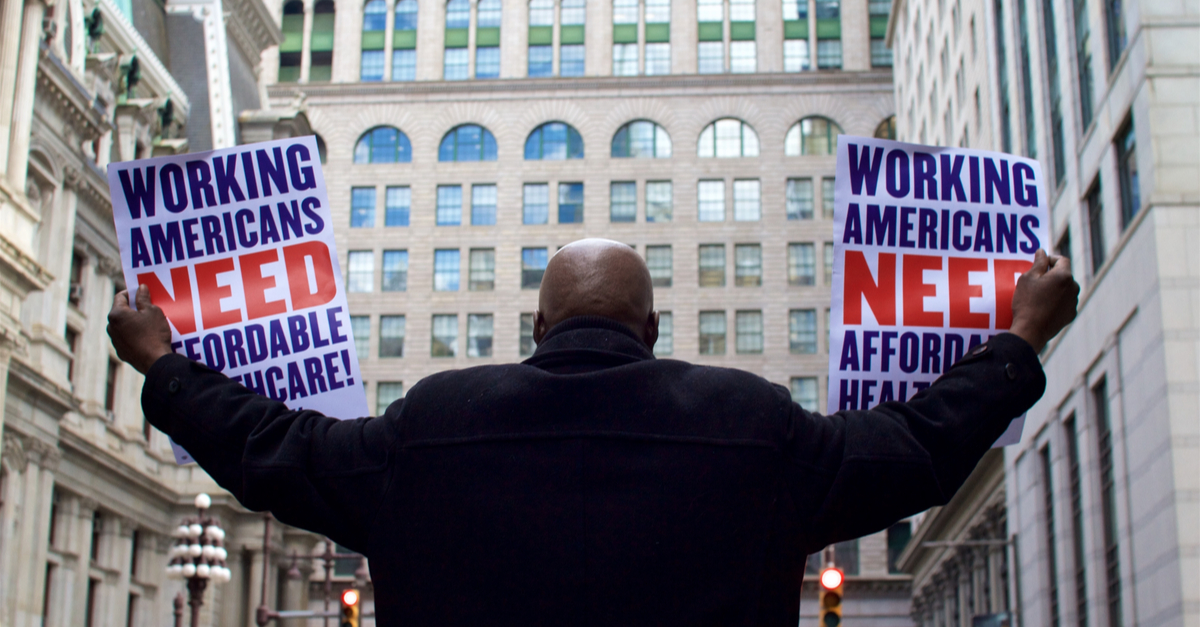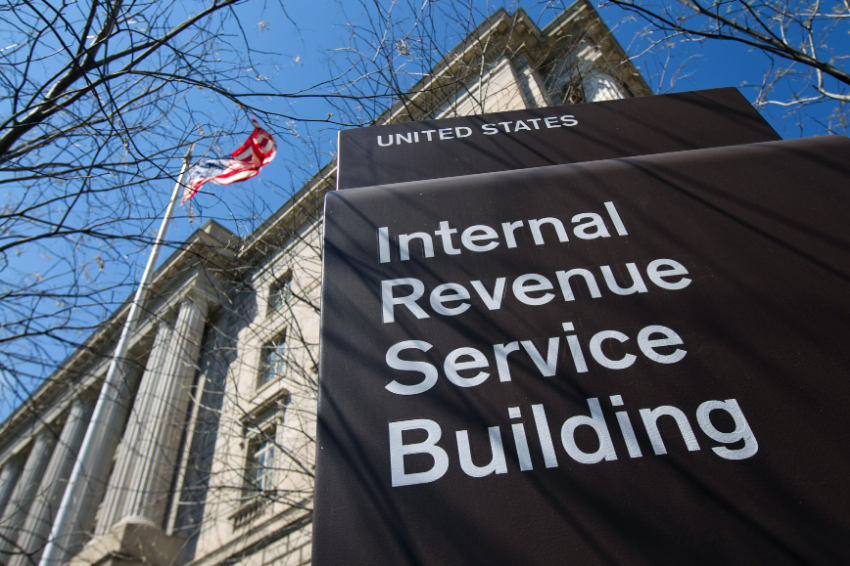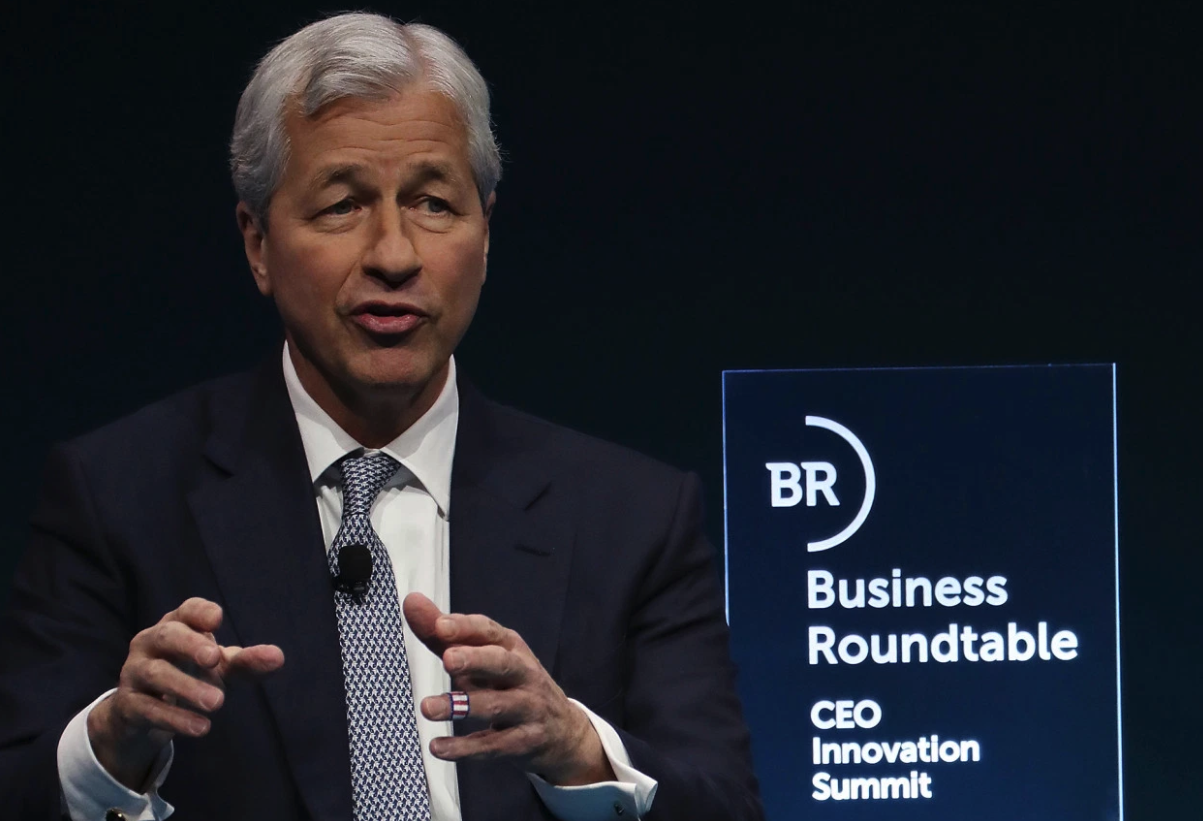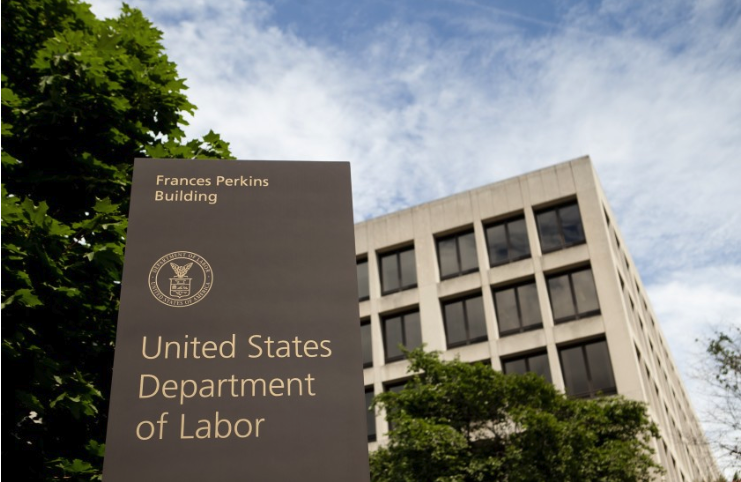Last week we wrote about a recently issued Executive Order by the White House to hopefully usher in healthcare price transparency from hospitals and insurance carriers, both of whom hold their secret price negotiations close to the vest. We expressed optimism over the order’s ability to tame runaway consumer and employer healthcare costs. Sunlight, after all, is said to be the best disinfectant.
There’s another area of equal concern which has been driving up the cost of employer-sponsored healthcare for quite some time - prescription drug pricing. In a word, it is skyrocketing, with no end in sight.
The price of pharmaceutical drugs is rising 3x faster than wages, and 5x faster than inflation. In fact, more than 3,400 drugs have boosted their prices in the first six months of 2019, an increase of 17 percent in the number of drug hikes from a year earlier. And the average price hike across all prescription drugs stands at 10.5 percent.
A new coalition of health advocate groups was formed in October to make their voices heard on drug price transparency, caps on drug price increases, and other price reducing strategies. The coalition has identified drug manufacturers and pharmacy benefit managers (aka the middlemen) as the culprits, but it’s literally going to take an act of congress to get this under control.
The drug hikes come at a time when (or perhaps because) lawmakers and the Trump administration have vowed to address the problem of rising prescription costs.





